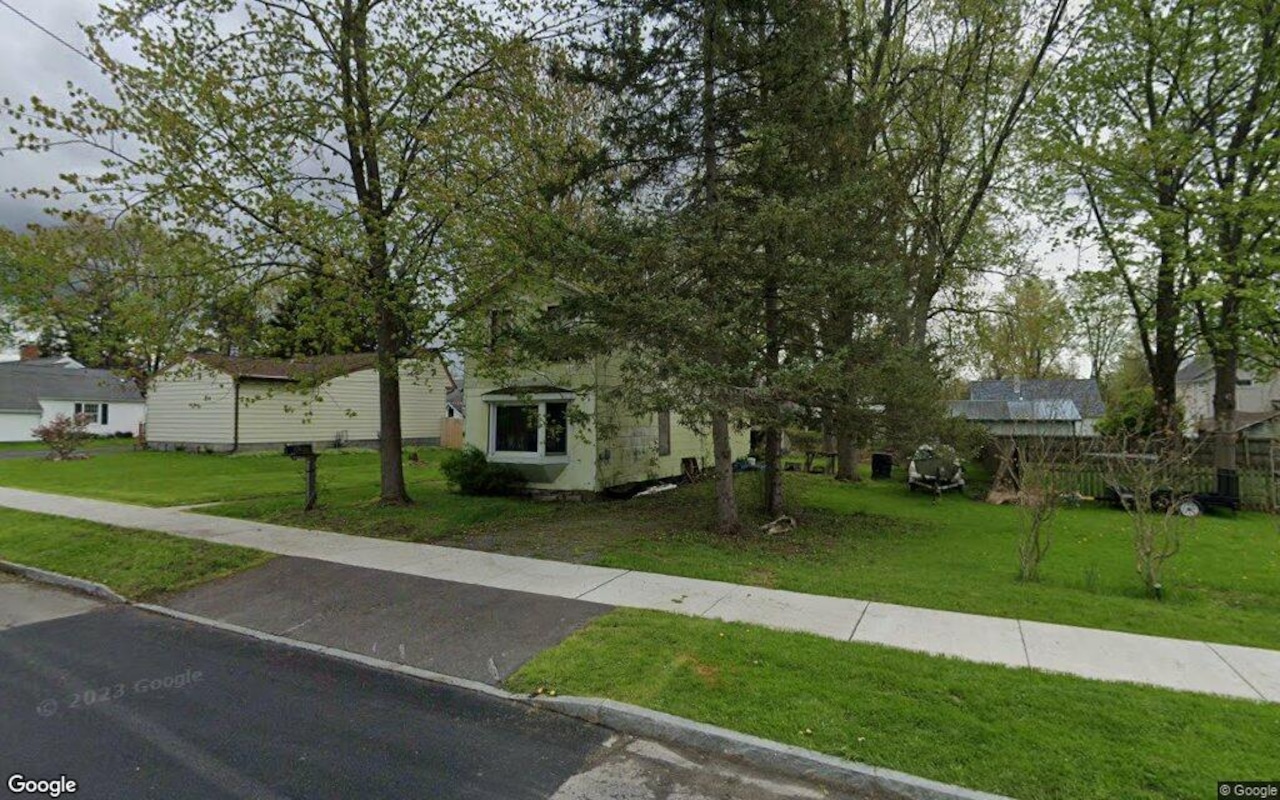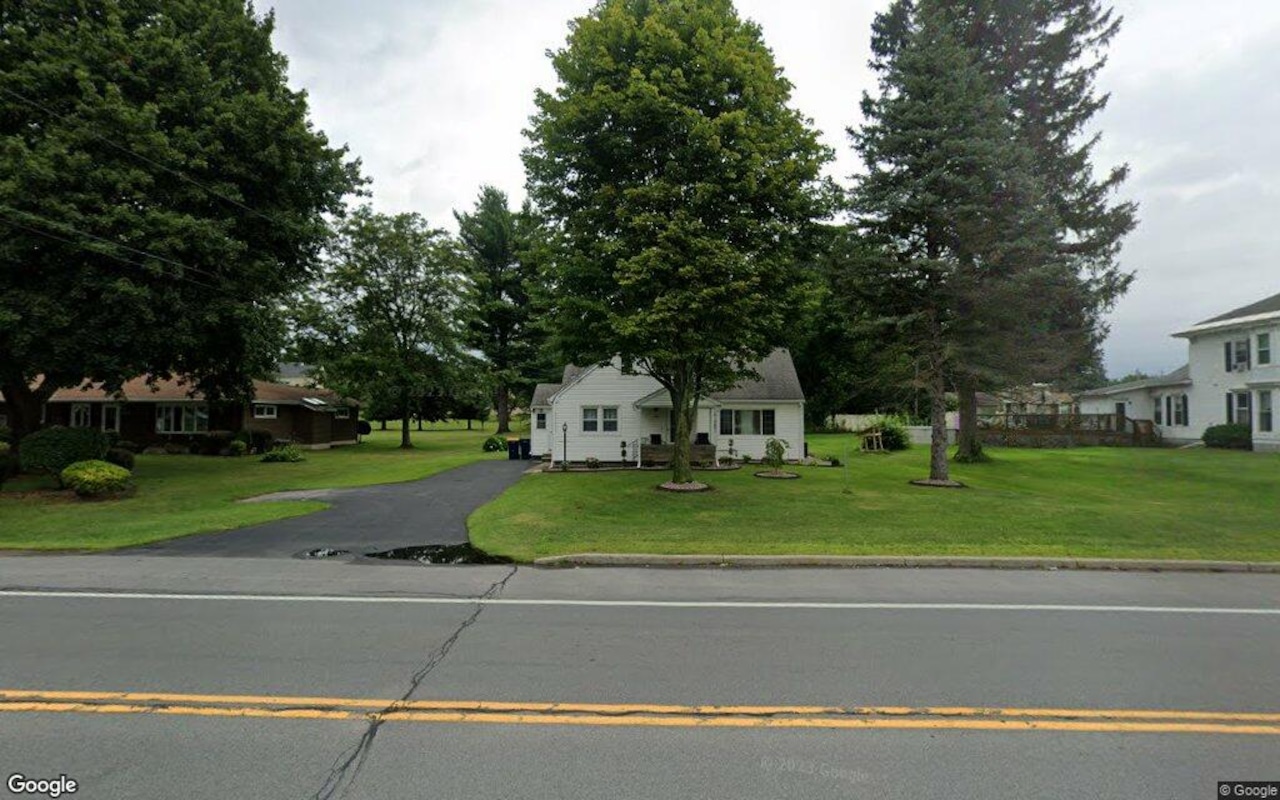A
growing number of Americans are opting to rent suburban homes rather than buy them, driven by rising mortgage rates and a surge in rental properties. According to Realtor.com's senior economist Jake Krimmel, the supply of rental properties has increased significantly in suburbs surrounding major metros, fueled by both new construction and changes in tenure.
In cities like Austin, TX, Nashville, TN, and Denver, where new construction has boomed, the number of rental properties has surged. In contrast, areas with slower construction rates, such as Boston, Philadelphia, and Washington, DC, have seen smaller gains in rentals. However, even in these markets, there is a rise in suburban rentership.
The shift towards renting is attributed to several factors, including elevated mortgage rates, which are keeping buyers on the sidelines. Additionally, many homeowners who had planned to sell their homes have opted to rent them out instead due to softening market conditions. This trend has been observed in areas like Austin, where Brad Pauly, an Austin broker, notes that there are currently more renters than buyers.
Nashville has also seen a similar trend, with the number of rentals in Williamson County increasing by 25% over five years. On the East Coast, suburbs surrounding Washington, DC and Boston have added between 11% to 12% of rental homes. Krimmel notes that demand for suburban living is up, and supply has met that demand.
The rise of built-to-rent construction has also contributed to the surge in rentals. Fueled by higher interest rates that have made homeownership unaffordable for many, developers are building single-family homes specifically for rent. Roughly 100,000 new build-to-rent properties are being developed across the US at this time.
National rents continue to trend downward, with May marking the 22nd consecutive month of annual decreases. The median asking rent in the 50 largest metros was $1,705 per month, down 1.7% year over year. However, some cities may see a decline in rental demand due to anti-immigrant policies targeting international students.
Metro markets with high shares of federal workers have seen divergent rental trends, with rents rising in Washington, DC but plunging in San Diego following staff purges. Other areas with strong federal worker presence saw rents tick down or remain unchanged.















